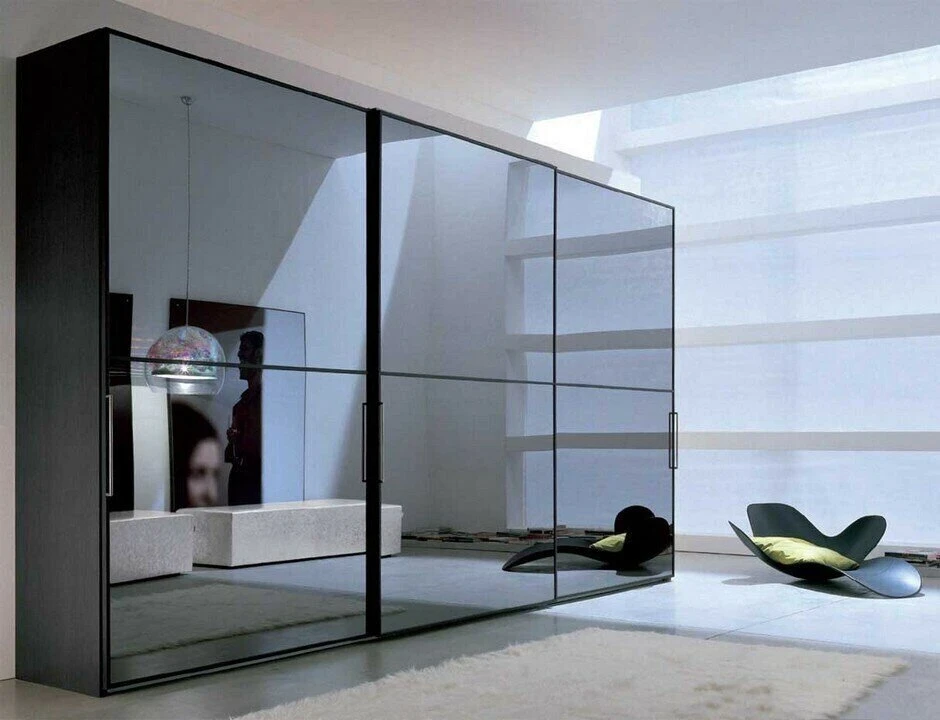

The Significance of Low-E 240 Glass in Modern Architecture and Energy Efficiency
In the contemporary architectural landscape, energy efficiency has become a paramount concern. As buildings continue to rise, so does the need for innovative materials that enhance comfort while reducing environmental impact. Among these materials, Low-E (Low Emissivity) glass, specifically the Low-E 240 glass, stands out for its unique properties and benefits.
Low-E glass is specially engineered to minimize the amount of infrared and ultraviolet light that passes through it while still allowing visible light to enter. The 240 in Low-E 240 refers to the specific performance characteristics of this type of glass, characterized by its ability to reflect a significant portion of heat while allowing ample natural light. This glass features a microscopically thin, transparent coating that reflects heat back to its source, thus contributing significantly to a building's energy efficiency.
The Significance of Low-E 240 Glass in Modern Architecture and Energy Efficiency
Low-E 240 glass is particularly advantageous in regions with extreme weather conditions, where temperature fluctuations can be significant. Buildings equipped with Low-E glass can maintain stable indoor temperatures, reducing the strain on HVAC systems. This results in lower energy bills for homeowners and businesses alike, making it an economically savvy choice.

Moreover, the environmental benefits of Low-E 240 glass extend beyond immediate energy savings. By reducing energy consumption, buildings can significantly lower their carbon footprints. This is particularly important as the world grapples with climate change and the need to reduce greenhouse gas emissions. Using energy-efficient materials like Low-E 240 glass contributes to sustainable building practices, aiding in the fight against global warming.
In addition to energy efficiency, Low-E 240 glass also offers significant protection against harmful UV rays. While natural light is beneficial for mental and physical well-being, excessive UV exposure can damage furnishings, flooring, and artwork. Low-E glass blocks a substantial percentage of UV rays, thus preserving the integrity of interior spaces and extending the lifespan of various materials.
When considering aesthetics, Low-E 240 glass provides architects and designers with versatile options. It can be utilized in various applications, from residential homes to commercial buildings and skyscrapers. Its clarity and the ability to maintain a sleek appearance without compromising performance make it an attractive choice for modern architecture.
In conclusion, Low-E 240 glass epitomizes the fusion of functionality and sustainability in modern construction. Its energy-saving properties, protection against UV rays, and aesthetic versatility position it as a superior choice for architects, builders, and homeowners alike. As awareness of environmental issues grows, the adoption of Low-E glass in architectural design will likely continue to rise, paving the way for a greener, more energy-efficient future in our built environments. Investing in materials like Low-E 240 glass is not only a step towards better energy management but also a commitment to environmental stewardship, ensuring that future generations inherit a sustainable world.